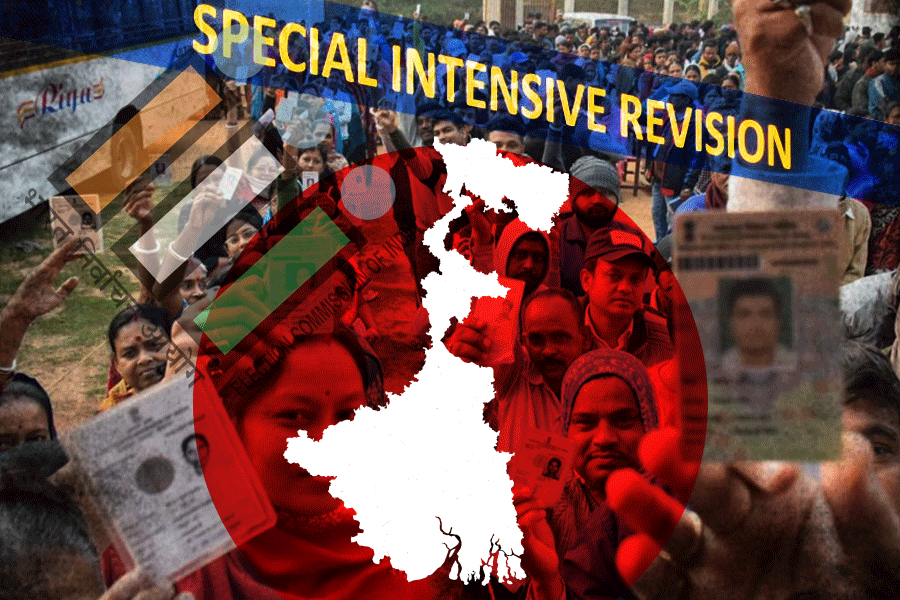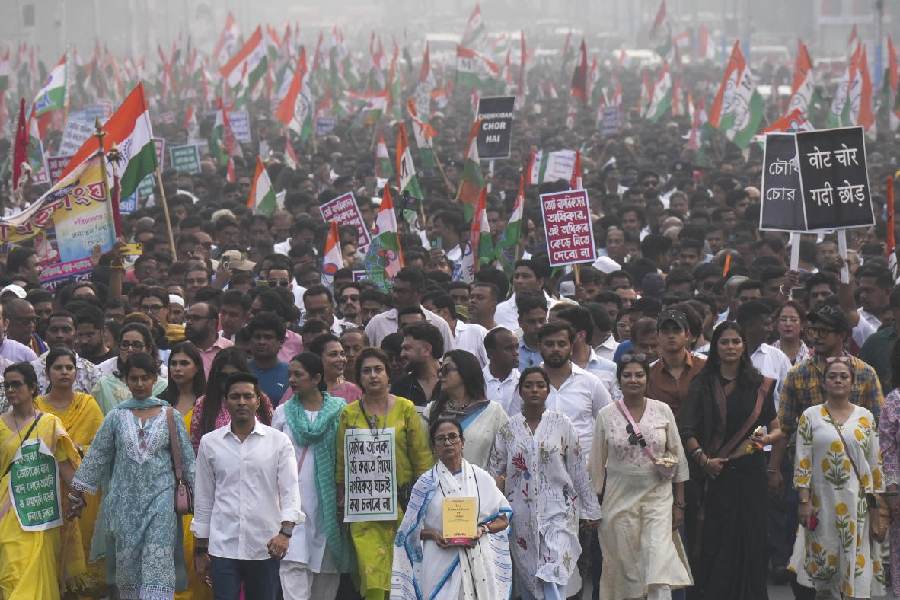There has been considerable parliamentary debate on the population control bill. The two-child policy has been tabled in Parliament over 35 times since Independence but has failed to become a law. The population control bill, 2019 proposed to introduce a two-child policy per couple and aims to incentivize its adoption through educational benefits, free healthcare, better employment opportunities, home loans, and tax cuts. There have also been demands to penalize couples not adhering to the policy by debarring them from running for office or applying for government jobs. Assam, Maharashtra, Odisha, Rajasthan, Bihar, Uttarakhand, Gujarat, Telangana and Andhra Pradesh have a kind of two-child norm that determines eligibility to be elected in panchayats or employed in government jobs.
India’s liberal democracy provides for individual rights as enshrined in the various articles of the Constitution. An inviolable feature of individual rights is the identification of boundaries against the reach of the State. Article 22 of the 1969 Declaration on Social Progress and Development adopted by the United Nations General Assembly in Resolution 2542 ensures that couples have the right to choose freely and responsibly the number of children they will have. The policy to control and regulate the number of children violates such constitutional rights as Article 16 (equal opportunity in matters of public employment) and Article 21 (protection of life and liberty). The ministry of health and family welfare suggests that India’s family welfare programme is voluntary.
The proposed population control bill would have constitutional repercussions. First, the bill does not consider the case of divorced citizens and Muslim personal laws. A divorced person, who has children with a former partner, cannot bear a child with his/her present spouse. The bill could also infringe the tenets of Islamic laws. Moreover, coercive population control measures would encourage sex-selection and unsafe abortion given the collective desire for a male child. In India, family planning is considered to be the responsibility of women. However, the current policy is not effective in meeting the demand for family planning. The National Family Health Survey 2015-16 showed that about 13 per cent of women aged 15-49 wanted to prevent or delay pregnancy but were not provided with contraceptives. Women resort to abortions as an alternative, jeopardizing their health and increasing unlawful practices. According to a study by Lancet, 15.6 million abortions took place in India in 2015. Furthermore, the outcome of China’s one-child policy reveals a rise in sex-selective abortions that have led to a gender imbalance, a decline in the proportion of the working population, and an increase in the ageing population: China introduced a two-child policy in 2016.
There is no scientific evidence to show a population explosion in India. India’s census data confirms that there had been a decline in the decadal growth rate, from 21.5 per cent during 1991-2001 to 17.7 per cent during 2001-2011. Additionally, NFHS 5 data (2019-20) showed that India’s fertility rate has been falling across the states. It must be noted that Kerala and Tamil Nadu achieved a reduction in fertility rates without stringent population-control policies. Better healthcare and education, women’s empowerment and higher age of marriage were responsible for lowering fertility rates. There is a need to expand contraceptive choices, improve access to healthcare facilities, facilitate enrolment in higher schooling, increase workforce participation, and raise the age of marriage to further lower fertility rate.
The rhetoric of rising populations has been weaponized against Muslims. This is not unique to India’s right-wing political intelligentsia; similar arguments are heard in Scandinavian countries too. Ironically, data show a marked decline in the decadal growth rate of Muslim population — from 29.5 per cent (1991-2001) to 24.6 per cent (2001-2011) — and that the decline is higher than the corresponding figure for the Hindu community, whose decadal growth percentage declined from 19.9 per cent (1999-2001) to 16.8 per cent (2001-2011).
Sumanta Roy is a Research Scholar, Jawaharlal Nehru University










